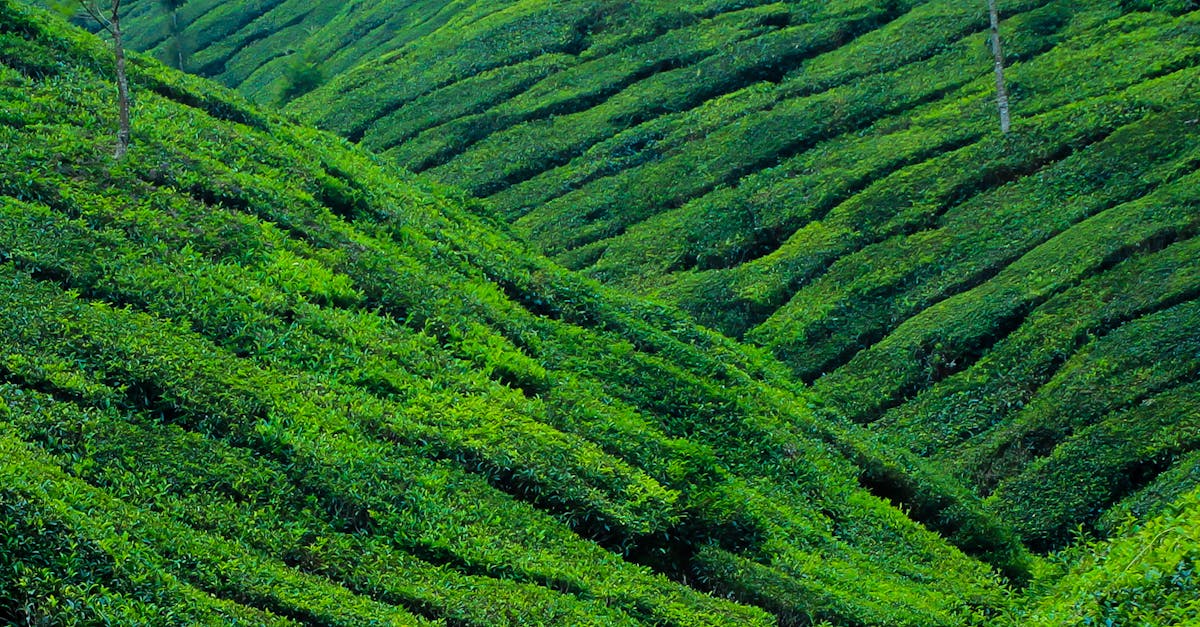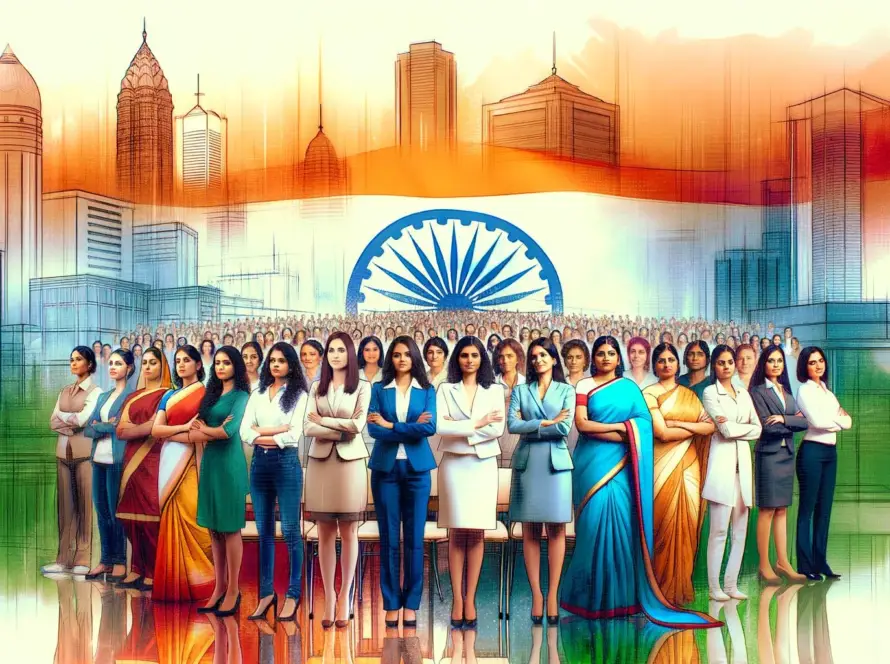Generated by Contentify AI

India, with its rich history and diverse traditions, is a melting pot of cultures, languages, and customs. From the vibrant festivities of Diwali and Holi to the various regional cuisines, each aspect reflects the country’s cultural diversity. The traditional attire of sarees, dhotis, and sherwanis, as well as the classical dance forms such as Bharatanatyam and Kathak, are emblematic of India’s cultural tapestry. The country’s diversity is also evident in the coexistence of Hinduism, Islam, Sikhism, Buddhism, and Christianity, contributing to the unique and harmonious blend of beliefs and practices.
The diverse linguistic landscape of India is equally fascinating, with over 22 recognized languages and countless dialects spoken across the nation. Each language not only represents a mode of communication but also encapsulates the identity and heritage of its speakers. Furthermore, India’s architectural marvels, from the iconic Taj Mahal to the ancient temples and forts, showcase the diverse styles and influences that have shaped the country’s built heritage. The art forms, ranging from intricate embroidery and pottery to the renowned Indian miniature paintings, exhibit the creativity and craftsmanship of the diverse Indian populace.
Moreover, India’s festivals and celebrations highlight the country’s cultural vibrancy, with each region boasting its unique traditions and rituals. Whether it’s the colorful kite flying during Makar Sankranti in Gujarat or the grandeur of Durga Puja in West Bengal, these celebrations bring people together, transcending barriers and fostering a sense of unity amidst diversity. Ultimately, India’s cultural diversity is not just a mosaic of traditions and practices, but a testament to the spirit of inclusivity and acceptance that defines the nation.


